Standard Radiation Superior to Low-Dose Alternative for Patients With Indolent Lymphomas
By Cameron Kelsall, /alert Contributor
May 13, 2021
Compared with low-dose radiation, a standard radiation dose of 24 Gy in 12 fractions provided more favorable long-term local control for patients with indolent non-Hodgkin lymphoma, according to 5-year outcomes from a phase 3 study published in The Lancet Oncology.
Although 24 Gy in 12 fractions has long been the standard of care for the treatment of indolent lymphoma, studies have shown durable responses in patients treated with 4 Gy in two fractions. The randomized, phase 3 Follicular Radiotherapy Trial (FoRT) sought to determine the noninferiority of low-dose radiation in patients with follicular lymphoma or marginal zone lymphoma with regard to local control. The researchers designed the noninferiority threshold to exclude the possibility that local control with low-dose radiation was more than 10% inferior to the standard dose at 2 years.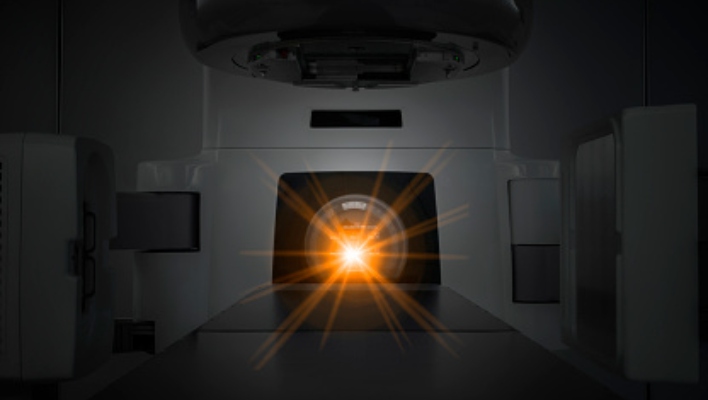
With a median follow-up of 26 months, initial findings did not meet the threshold for noninferiority when compared with the standard of care (hazard ratio [HR], 3.42; P < .0001), and the dose of 24 Gy in 12 fractions has remained customary.
Peter Hoskin, MD, FRCP, FRCR, professor and consultant clinical oncologist, Mount Vernon Cancer Centre (Northwood, UK), and colleagues enrolled 548 patients (median age, 66 years) representing 614 target sites, which they randomly assigned to 24 Gy in 12 fractions (n = 299) or 4 Gy in two fractions (n = 315).
Median follow-up for the long-term analysis was 73.8 months (interquartile range, 61.9-88), during which time the researchers observed 117 local progression events. Ninety events occurred among patients assigned 4 Gy radiation, compared with 27 events among patients assigned 24 Gy radiation.
The local progression-free rate favored standard dose radiation at 2 years (94.1% vs. 79.8%), with corresponding rates at 5 years of 89.9% (95% CI, 85.5-93.1) for standard-dose radiation and 70.4% (95% CI, 64.7-75.4) for low-dose radiation (HR, 3.46; P < .0001).
The 2-year difference of –13% (95% CI, –21.7 to –6.7) did not meet the threshold for noninferiority. Although the median time to local progression was not reached, the median time for sites with progression was longer among patients assigned 24 Gy (19.3 months vs. 12.3 months).
The researchers did not observe a significant difference in overall survival (OS) based on treatment arm at 2 years (standard vs. low-dose, 89% vs. 90.4%) or 5 years (75.1% vs. 77.6%).
Although rates of late-term toxicity were higher among patients assigned 24 Gy radiation, overall adverse event rates were low. The most common adverse events observed at week 12 included alopecia (7% vs. 2%), dry mouth (4% vs. 2%), fatigue (2% vs. 2%), mucositis (2% vs. 1%) and pain (2% vs. 1%). Only one grade 3 adverse event (musculoskeletal pain) was observed in the standard dose cohort during long-term follow-up (12 weeks to 5 years). The researchers observed no treatment-related deaths in either arm.
“These mature results from FoRT, to our knowledge the only randomized trial to have addressed the role of low-dose radiotherapy in indolent non-Hodgkin lymphoma, provide level 1 evidence for use of 24 Gy in 12 fractions in patients for whom durable local control is the aim of treatment,” the researchers concluded. “No subgroup has been identified in which this conclusion does not apply.”

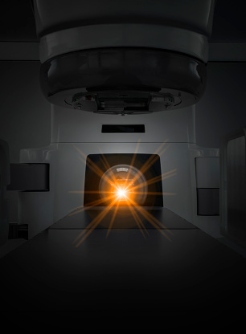


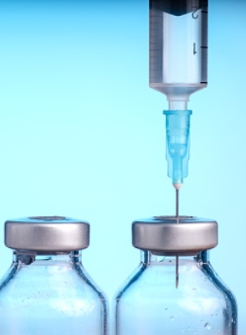



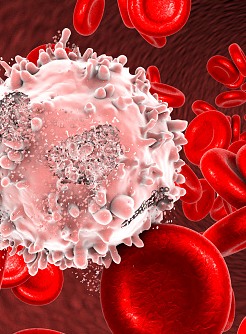
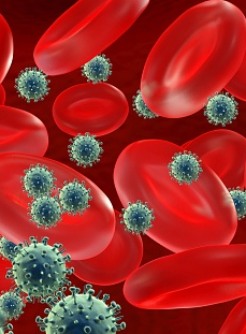



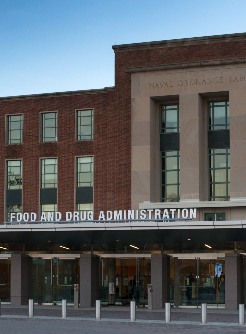

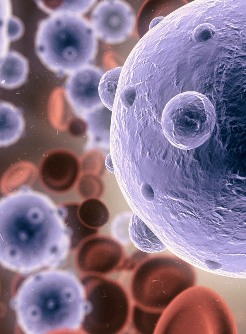
.jpg)





.jpg)



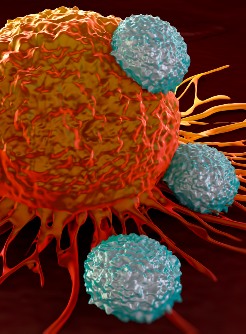


.jpg)
.jpg)
.jpg)
.jpg)
.jpg)
.jpg)
.jpg)

.jpg)
.jpg)